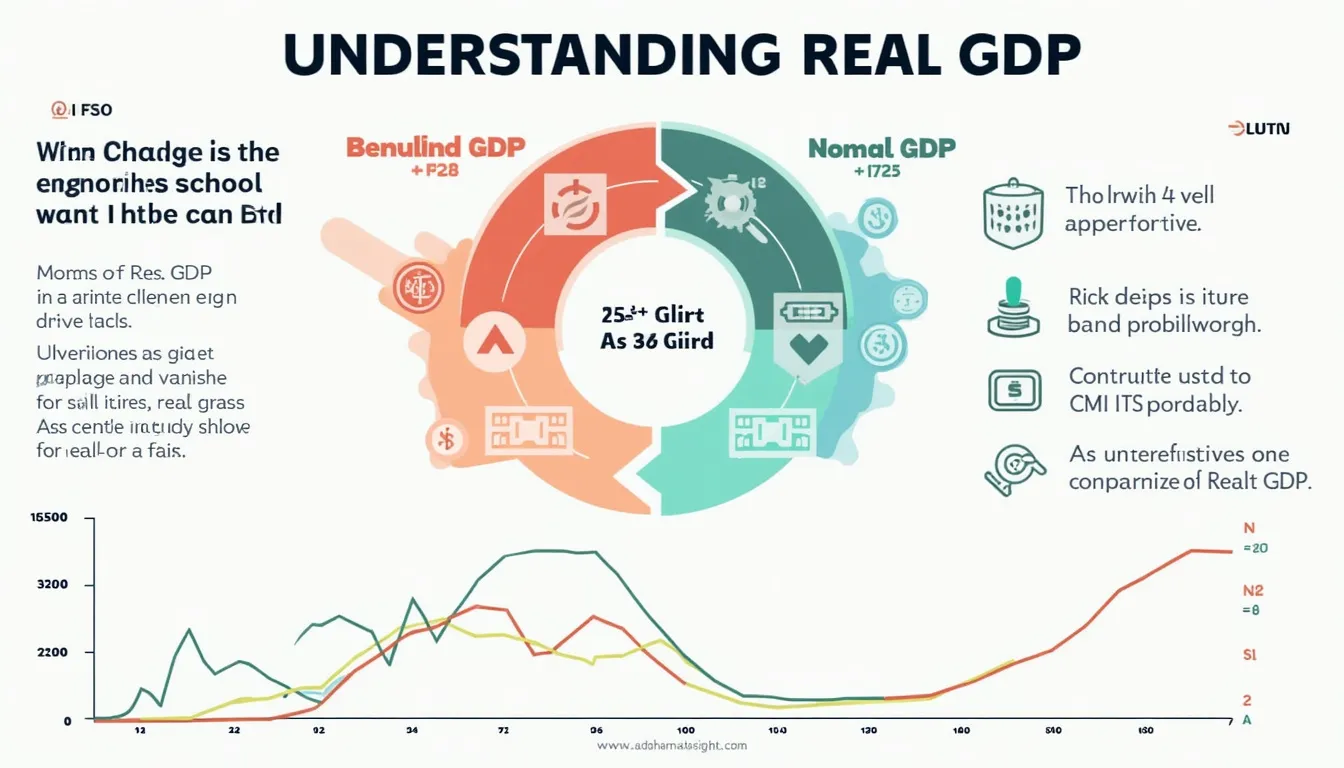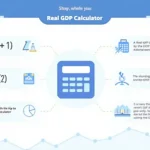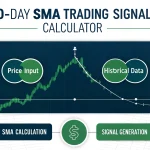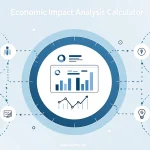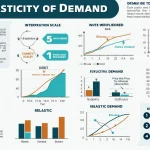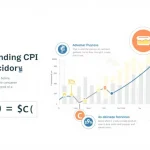Real GDP Calculator
Is this tool helpful?
How to use the tool
Follow three quick steps to convert nominal figures to inflation-adjusted output.
- Enter Nominal GDP
Type the current-price value in US dollars. Example 1: 630000000000 ($630 billion). Example 2: 980000000000 ($980 billion). - Enter GDP Deflator
Add the price index where the base year = 100. Example 1: 107. Example 2: 95. - Press “Calculate Real GDP”
The script returns the inflation-adjusted result in seconds.
Formula used
$$\text{Real GDP}= rac{\text{Nominal GDP}}{\text{GDP Deflator}/100}$$
Example calculation A
- Nominal GDP = $630 billion
- Deflator = 107
- Real GDP = 630 / 1.07 = $588.79 billion
Example calculation B
- Nominal GDP = $980 billion
- Deflator = 95
- Real GDP = 980 / 0.95 = $1.03 trillion
Quick-Facts
- U.S. GDP Deflator (2023 Q4): 125.7 (BEA, 2024).
- IMF defines Real GDP as “output valued at constant prices” (IMF Glossary, 2023).
- World GDP topped $105 trillion in 2022 (World Bank, 2023).
- Base year for current U.S. deflator series: 2017 = 100 (BEA, 2024).
- OECD recommends quarterly real-GDP tracking for policy timing (OECD Handbook, 2020).
FAQ
What is Real GDP?
Real GDP is the market value of goods and services after removing price changes, letting you compare output across years on a like-for-like basis (IMF Glossary, 2023).
Why divide the deflator by 100?
The index is scaled to 100 in the base year; dividing by 100 converts it to a pure price multiplier so the math stays unit-consistent (BEA methodology, 2024).
Can Real GDP exceed Nominal GDP?
Yes. When the deflator is below 100, prices have fallen relative to the base year, so real output appears larger than nominal (OECD Data, 2023).
How often is the deflator updated?
The Bureau of Economic Analysis revises the GDP deflator quarterly with monthly source data and an annual benchmark revision each summer (BEA release notes, 2024).
What data range does the tool accept?
You can input any positive nominal value up to 9.22e15 (JavaScript Number limit) and a deflator above 0.01 for meaningful results.
Is the calculator suitable for cross-country comparison?
Yes, but align base years first or convert each country’s data to a common reference year to avoid index bias (World Bank Methods, 2022).
Why prefer the GDP deflator over CPI?
The deflator covers all domestically produced goods and services, whereas CPI tracks a consumer basket only, giving the deflator broader scope (Federal Reserve FAQ, 2023).
How accurate are quick results?
The tool uses double-precision floating-point math; rounding to two decimals keeps displayed real GDP within ±$0.005 billion of the exact figure for trillion-dollar inputs.
Important Disclaimer
The calculations, results, and content provided by our tools are not guaranteed to be accurate, complete, or reliable. Users are responsible for verifying and interpreting the results. Our content and tools may contain errors, biases, or inconsistencies. Do not enter personal data, sensitive information, or personally identifiable information in our web forms or tools. Such data entry violates our terms of service and may result in unauthorized disclosure to third parties. We reserve the right to save inputs and outputs from our tools for the purposes of error debugging, bias identification, and performance improvement. External companies providing AI models used in our tools may also save and process data in accordance with their own policies. By using our tools, you consent to this data collection and processing. We reserve the right to limit the usage of our tools based on current usability factors.
